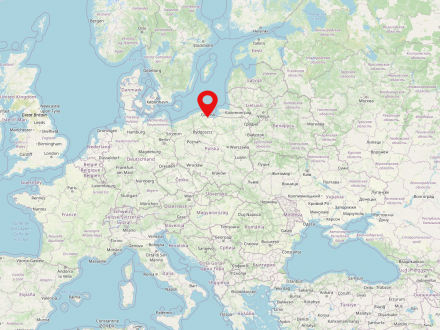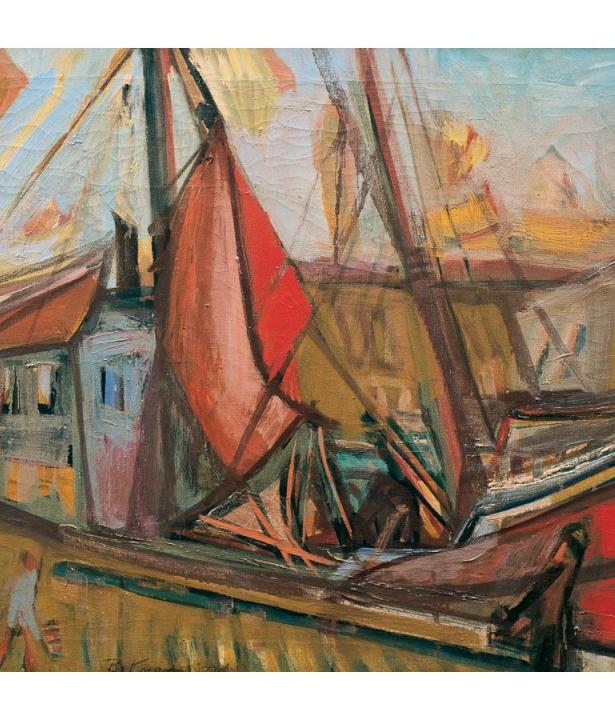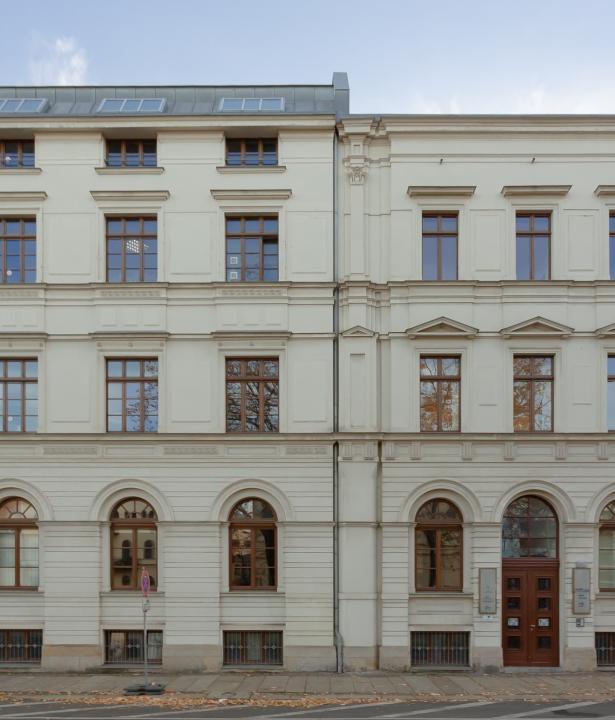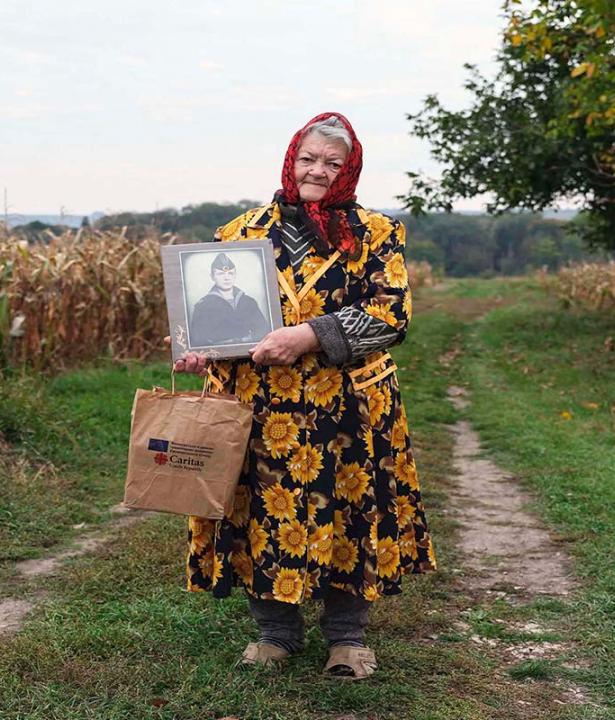The history of West Prussia is very multi-faceted. It is an example of a cultural landscape on the Baltic Sea that has benefited from its advantageous location in the heart of Europe for centuries, but has also frequently become the political plaything of rulers. The permanent exhibition in the West Prussia State Museum reflects this, showing both periods of cultural blossoming and times of crisis.
Text
The museum offers visitors a unique journey that leads, station by station, through the history of West Prussia. It illuminates the cultural and political significance of the Teutonic Order and shows how flourishing Baltic trade became the foundation of great prosperity for the Hanseatic cities, such as or . The trail of history continues on to Frederick the Great, who incorporated the province into his domain in 1772, and leads via the drastic provisions of the Treaty of Versailles to the National Socialist war of annihilation and – as one of its devastating consequences – the flight and expulsion of the German population. A number of stations then look at the period of integration that followed this dramatic caesura, as well as the region's unique culture of remembrance and the activities of the local population. The journey ends with a presentation of a future-focused project of German-Polish partnership: the branch of the West Prussia State Museum in the regional museum in Krokowa (Muzeum Regionalne w Krokowej).
Gdańsk
deu. Danzig
Gdansk is a large city on the Baltic Sea in the Polish Pomeranian Voivodeship (Pomorskie) with about 470,000 inhabitants. It is lying on the Motława River (German: Mottlau) on the Gdansk Bay.
Historische Orte
Danzig
Elbląg
deu. Elbing, pol. Elbiag, lat. Elbinga, lat. Elbingum, lat. Elbingus
Focal points are presented in elaborately constructed rooms based on specific topics: What associations and memories surround the metropolis of Gdansk, `a city whose reputation had already spread far and wide during the early modern era? What is the artistic and scientific significance of amber, which can be found in this region? The permanent exhibition addresses these and other questions, for example, about the cultural blossoming in Royal Prussia during the Baroque era or the eventful career of the West Prussian painter Bruno Krauskopf, who was ostracized under National Socialism.

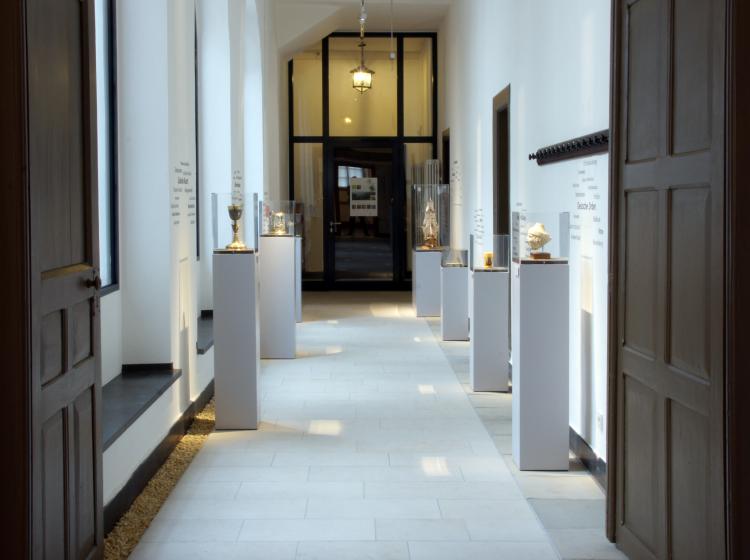
Introduction to the permanent exhibition in the cloister. Westpreußisches Landesmuseum, CC BY-NC-ND 4.0
Introduction to the permanent exhibition in the cloister. Westpreußisches Landesmuseum, CC BY-NC-ND 4.0
Externe Links
External Image



